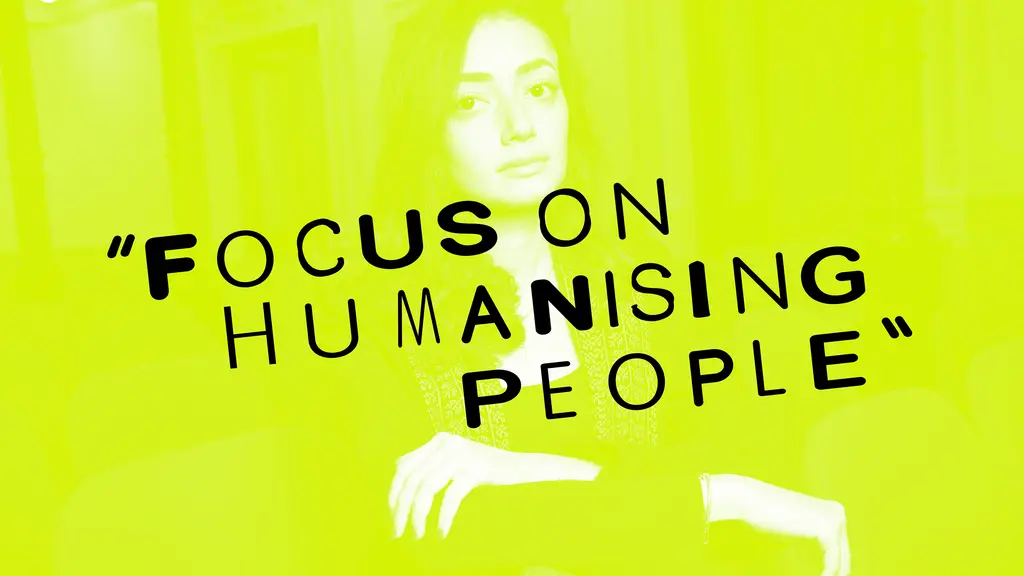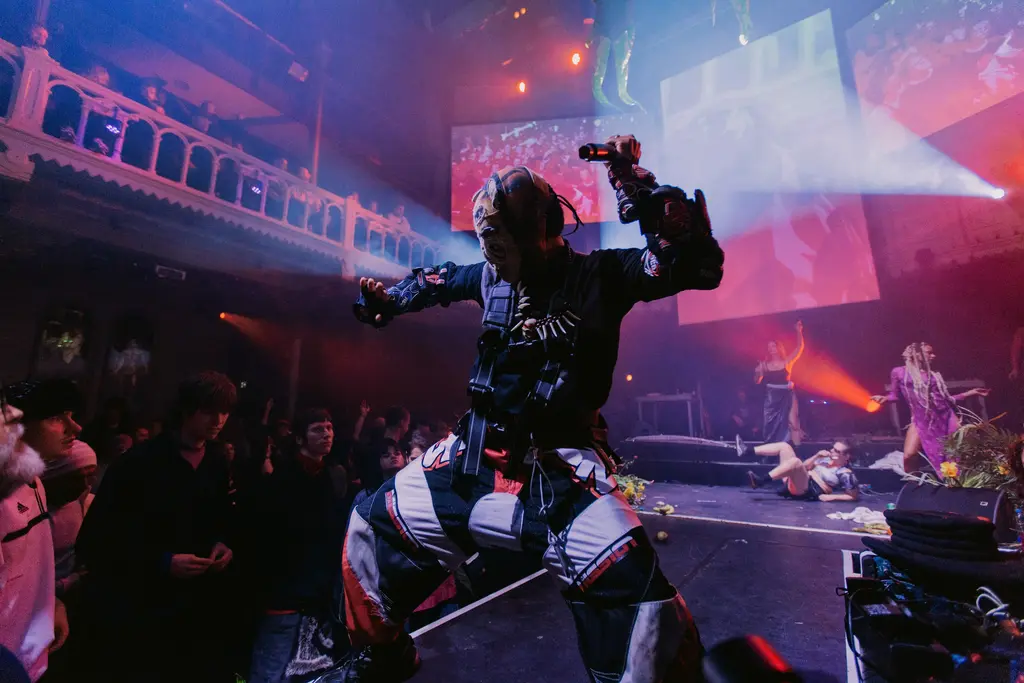Capturing the death of the Brooklyn hipster
- Text by Khadija Ahmed
- Photography by Vero Bielinski

Not many people will lament the death of the hipster. A hard to define phenomenon that swept through metropolises around the globe, the hipster was bearded, well put together, they liked to wear fake glasses, ride fixies for no good reason, and expose brickwork in their warehouses when it wasn’t even there.
But what exactly does it mean to be a hipster? And is it a culture that’s still kicking around? Sure, there’s still young people desperate to be creative and on the fringes, but this wave of millennials who were so desperate to be original, were often just following the crowd. By rejecting the mainstream and claiming to be individuals, they were just adhering to a new mainstream of their own. Now though, our cities are changing, and so too are the styles that flow through them.
German Photographer Vero Bielinski set out to answer these very questions, and finding herself in Brooklyn, New York City, she got to work finding out.
What defines a hipster, how do you spot one?
A hipster is young, urban, superficial with an affinity for consumption and full of yearning for individuality. Fashion is the strongest mode of their expression. A hipster likes presenting him/herself in public and social media like Facebook, Twitter, and blogs. Hipsters use the street as a stage in order ‘to see and be seen’.
Is being a hipster the current trend in Brooklyn? / Is being a hipster outdated?
No. Definitely it is not. There are no Hipsters left. I have been to New York and San Francisco this summer and you cannot find this subculture anymore. Being a hipster is outdated. I already sensed a difference in 2013.
But this is the interesting part of my photography that I love. I focus on subcultures, its characters and trends. They come and go. I visualised the boom phase of the Hipsterdom in 2012-2013 and today we see an artistic document of that time which is a really outstanding phenomenon for this short term of existing.
What does individualism mean to hipsters and how did you portray this through your photography?
In my opinion hipsters think they look very unique and special. They don’t realise that they belong to a mash of similar looking people. In my photography I show on the one hand the sensitivity of individuals with their gesture, expression and self chosen pose but on the other hand I show the exact opposite: the similarity of the outward appearance. Because hipsters – a product of our society, desperately try to be individual, so that they never even notice that they have long been wearing a uniform.
Would all your subjects consider define themselves as ‘hipsters‘?
The designation hipster is kind of pejorative. A hipster would not describe him- or herself as a hipster; otherwise, you would come off as insubstantial, arrogant, a would-be artist. But the portrayed people, who have seen the book, take it really easy and feel honoured and happy to be a part of it and they think it is a cool memory.
What meaning does the hipster scene have for society today?
The hipster scene has a really important meaning for our society! It is a mirror of our young generation which grew up with the internet.It is the modern subculture with the desire to discover your identity, to actualise yourself all the time, a society focused on fun, which lives one day at a time.
Being a hipster is also a lot about attitude, how did you show this in your photography?
I want the viewer to be able to analyse how they want to be seen – for example if they take a confident posture or a more insecure one. Then you can feel an authentic attitude in my photographs. Every image of mine is raw, real and rough. Besides portrait photography, I have also taken situational shots, street photography and their living spaces in which you can feel the YOLO (You only live once) attitude.
You say Hipsterdom embodies something nostalgic, what do you mean by this?
Hipsters make use of retro clothes, accessories and mix them with new stuff. They combine – for example – vintage sunglasses from the 70s, wear a bugs bunny T-shirt and hold the newest iPhone in the hand. Like historicised architecture, hipsterdom makes use of all epochs and cultures and consists of a mix of past eras. For me hipsters radiate nostalgia with all their things that reminds us of the past.
Would you define yourself as a hipster?
When you work over four months on one topic, you start to identify with some characters or situations. So I found some parallels between me and the hipster scene and I understand this movement, but in the end with all the facts I know I am definitely not a hipster.
What is the overall message you portray through this the Brooklyn Hipster project?
Firstly it is a documentary of a modern subculture that shows us how difficult it is to be an individual. How trends develop in our world with social media and how quick they can vanish. Especially with the aspect of gentrification which is happening everywhere. It is about the conflicts involved in growing up, youth cultures without plans. I want to slow this world down, in order to draw attention to the people behind the hipster outfits.
Brooklyn Hipsters is published by Kerber.
Enjoyed this article? Like Huck on Facebook or follow us on Twitter.
Latest on Huck

Plestia Alaqad: “Journalists should focus on humanising people”
Huck’s April interview — Having become one of the most crucial and followed voices from inside Gaza in the aftermath of October 7, the award-winning author and journalist is releasing a new memoir, ‘The Eyes of Gaza’, collating diary entries made over the past 18 months. We caught up with her to hear more about it.
Written by: Isaac Muk

The instrument makers taking DIY music to a whole new level
What does it take to construct a modular synth? How do you turn a block of wood into a double bass? Here, four craftspeople explain why they chose to rip up the rulebooks and build their own music-making machines.
Written by: Daniel Dylan Wray

Southbank Centre reveals new series dedicated to East and Southeast Asian arts
ESEA Encounters — Taking place between 17-20 July, there will be a live concert from YMO’s Haruomi Hosono, as well as discussions around Asian literature, stage productions, and a pop-up Japanese Yokimono summer market.
Written by: Zahra Onsori

In 1971, Pink Narcissus redefined queer eroticism
Camp classic — A new restoration of James Bidgood’s cult film is showing in US theatres this spring. We revisit its boundary pushing aesthetics, as well as its enduring legacy.
Written by: Miss Rosen

As amapiano goes global, where does it leave its roots?
Rainbow grooves — Over the past decade, the house music subgenre has exploded into a worldwide phenomenon. Jak Hutchcraft went to its birthplace of Mamelodi, South Africa, to explore its still-thriving local scene.
Written by: Jak Hutchcraft

Clubbing is good for your health, according to neuroscientists
We Become One — A new documentary explores the positive effects that dance music and shared musical experiences can have on the human brain.
Written by: Zahra Onsori